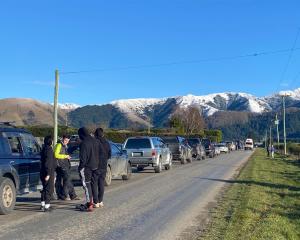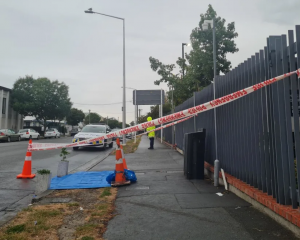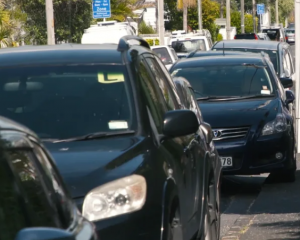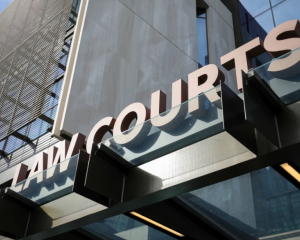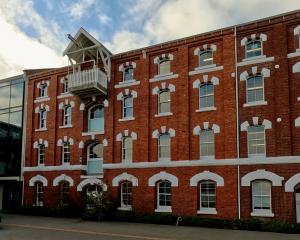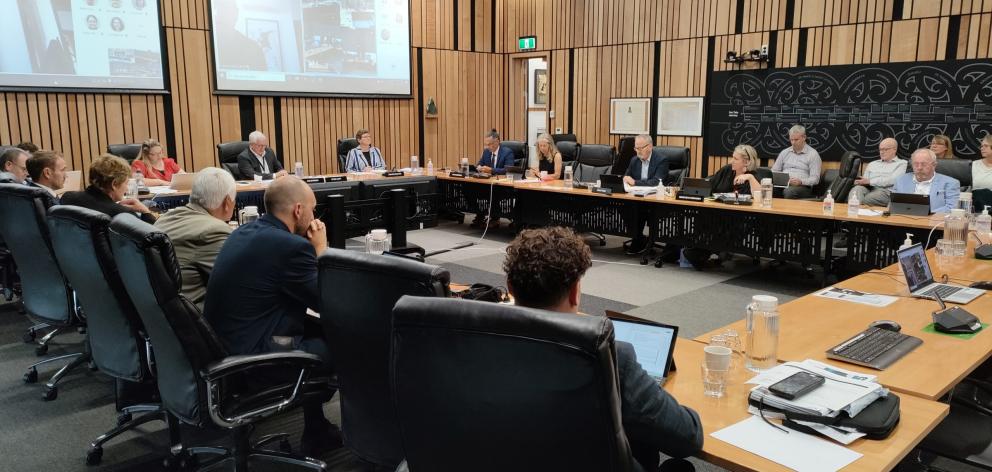
Rates are in the spotlight as North Canterbury councils consult on their Long Term Plans, which set priorities and funding options for the region over the next 10 years.
Local Government New Zealand (LGNZ) called the Government last month to return the GST collected on rates to councils in a bid to reduce funding pressures.
Ratepayers around the country are facing hefty rate rises due to the cost of living crisis.
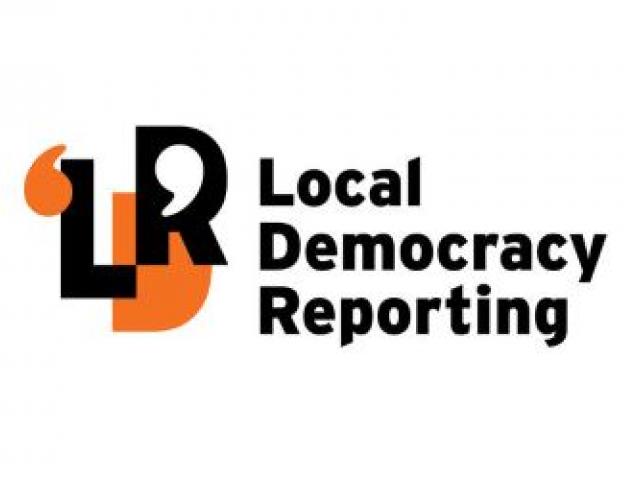
LGNZ president Sam Broughton said the Government collected $1.04 billion in GST on rates.
‘‘We need a range of levers to address the funding and financing challenges in front of us.
‘‘Alongside returning GST on rates, we’ve also put an accommodation levy, GST sharing on new builds, congestion charging and tourist levies on the table.
‘‘With homeowners facing average rates rises of 15 per cent, it is important the Government gives councils more levers to sustainably fund our cities and towns.
‘‘Returning the GST from rates is an excellent place to start.’’
During Environment Canterbury’s recent Long Term Plan deliberations, deputy chairperson Craig Pauling called on the Government to heed the advice from last year’s Future for Local Government panel report.
‘‘The local government funding model is broken and we hope the Government reads the report and picks up some of the recommendations.
‘‘Councils have done a good job at keeping rates down, while Government has taken more and more.’’
The report noted councils rates have remained at around 2 per cent of GDP between 1895 and 2015, based on Productivity Commission data.
Taxes from central government ‘‘as a percentage of GDP has risen over time’’ from around 7 per cent in 1895 to around 30 per cent, the report says.
New Zealand has one of the most centralised tax systems in the world, with central Government collecting 93 per cent of taxes, leaving just 7 per cent shared between the councils.
Cr Pauling said allowing councils to retain the GST collected on rates and charging rates on Crown land would help to ease the burden.
Local Government Minister Simeon Brown said the Government is considering sharing a portion of GST collected on new residential builds with councils, but not the sharing GST on rates.
‘‘It has been a longstanding policy to exempt central Government buildings such as schools and hospitals from paying rates, and this is not something the Government is planning on changing.’’
The Crown does pays rates on Kāinga Ora housing, administrative buildings occupied by the Crown, buildings for emergency and correctional services (police, the courts, corrections facilities, fire services) and defence properties.
Hurunui District Council chief executive Hamish Dobbie said his council was keen to receive feedback on the draft Long Term Plan, especially from those who support it.
‘‘People tell us what they don’t want, but we want to hear what they do want.
‘‘Do they want us to be spending more on roading and to carry on meeting the regulatory standards for Three Waters?’’
Consultation on Hurunui’s draft Long Term Plan closes on April 29, with the Kaikōura District Council’s consultation closing on April 30.
But you will need to get your skates on, with the Waimakariri District Council’s consultation closing on Monday, April 15, and Environment Canterbury on Sunday, April 14.
By David Hill, Local Democracy Reporter
■ LDR is local body journalism co-funded by RNZ and NZ On Air.


